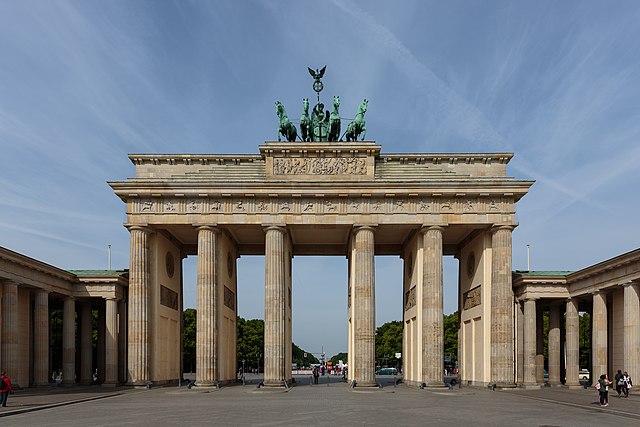Robert Smirke (architect)
Sir Robert Smirke was an English architect, one of the leaders of Greek Revival architecture, though he also used other architectural styles. As an attached architect within the Office of Works, he designed several major public buildings, including the main block and façade of the British Museum and altered or repaired others. He was a pioneer in the use of structural iron and concrete foundations, and was highly respected for his accuracy and professionalism. His advice was often sought in architectural competitions and urban planning, especially later in his life.
Robert Smirke (architect)
The main block and façade of the British Museum was designed by Robert Smirke.
Surviving Ionic capital in Walthamstow by Smirke, all that remains of his former General Post Office Building in London
The Gothic revival Assize Court, Lincoln Castle, Lincoln, 1822–6
Greek Revival architecture
Greek Revival architecture was a style that began in the middle of the 18th century but which particularly flourished in the late 18th and early 19th centuries, predominantly in northern Europe, the United States, and Canada, as well as in Greece itself following its independence in 1821. It revived many aspects of the forms and styles of ancient Greek architecture, in particular the Greek temple. A product of Hellenism, Greek Revival architecture is looked upon as the last phase in the development of Neoclassical architecture, which was drawn from Roman architecture. The term was first used by Charles Robert Cockerell in a lecture he gave as an architecture professor at the Royal Academy of Arts in London in 1842.
Brandenburg Gate in Berlin, 1791
Northington Grange, an English banker's house of 1804-1817
Yorkshire Museum in York, England, designed by William Wilkins, 1830
Neue Wache in Berlin, 1818








